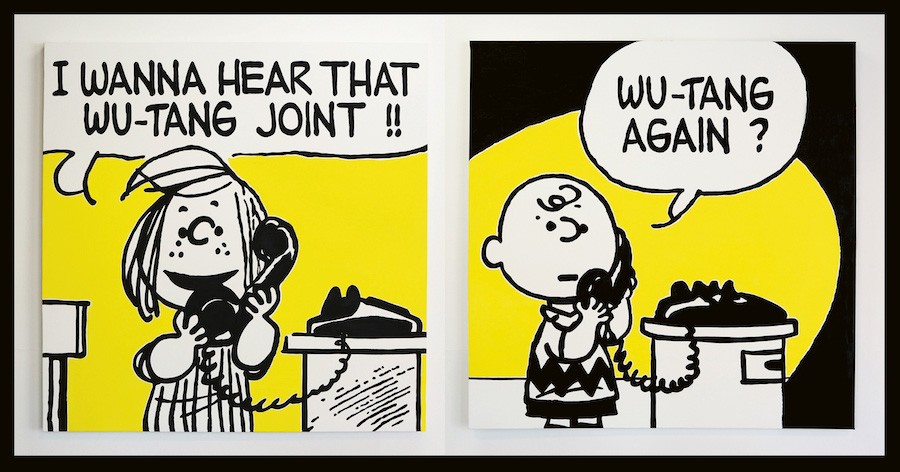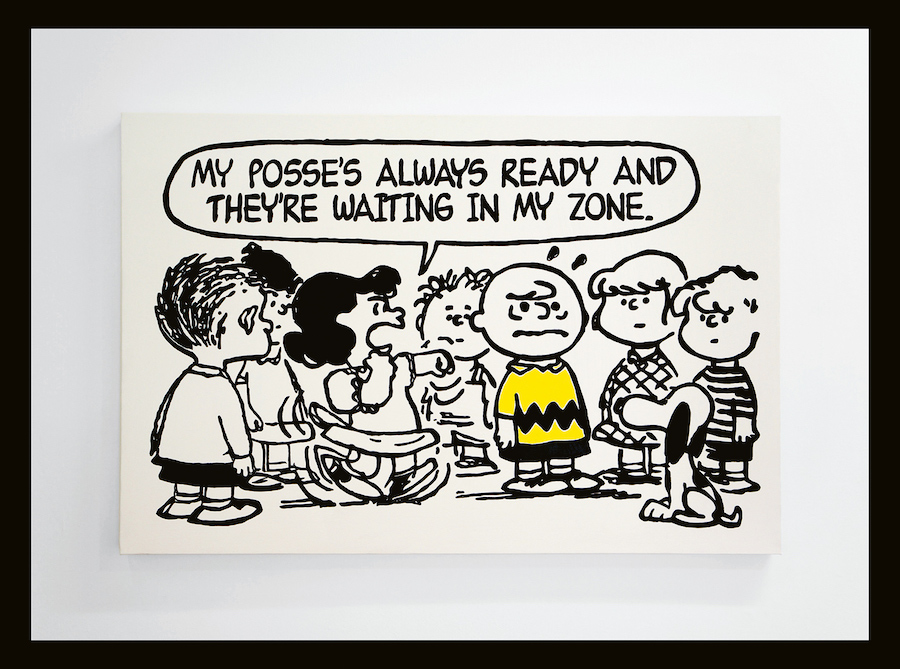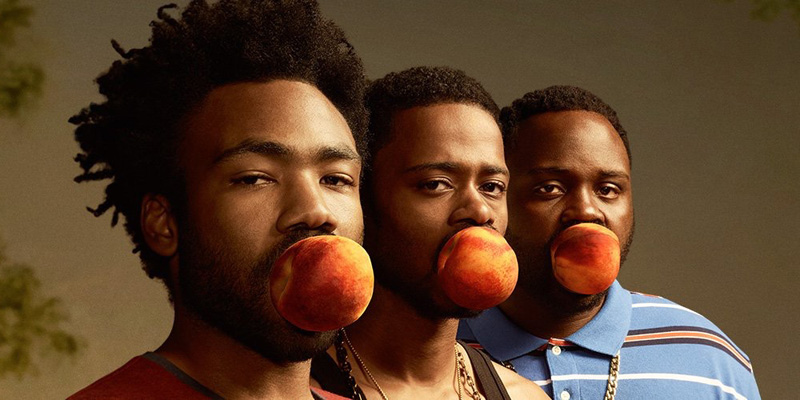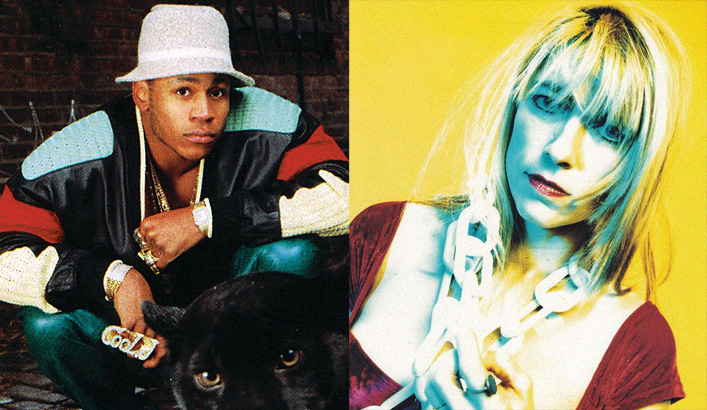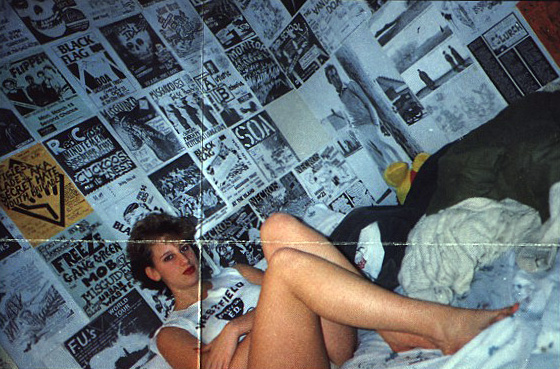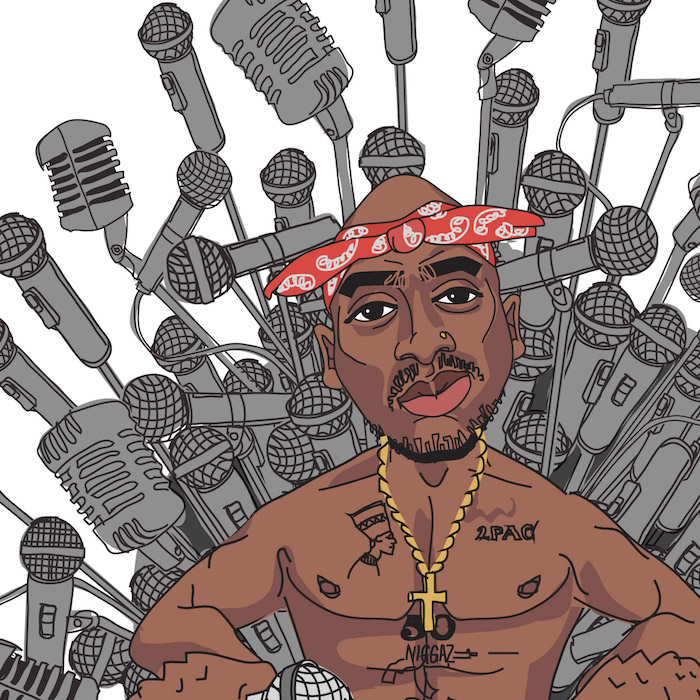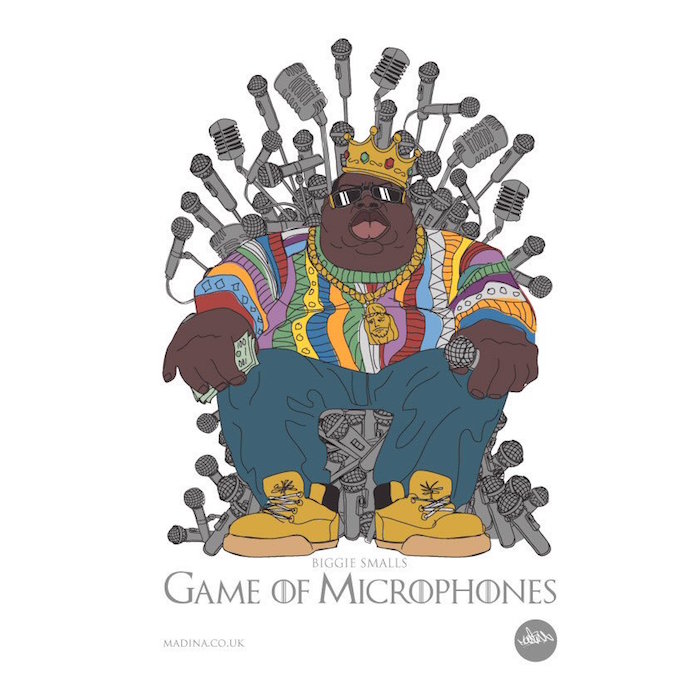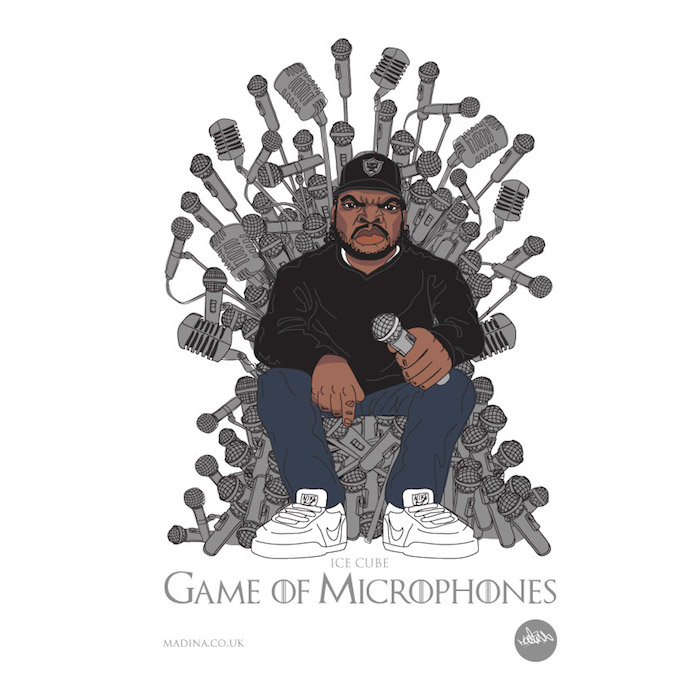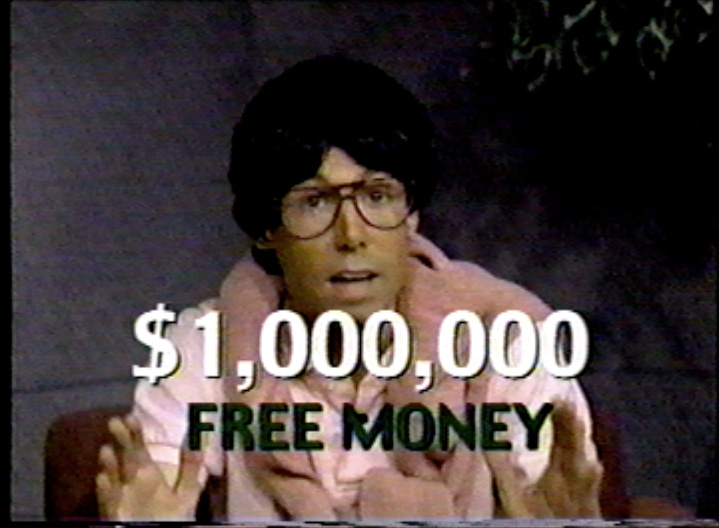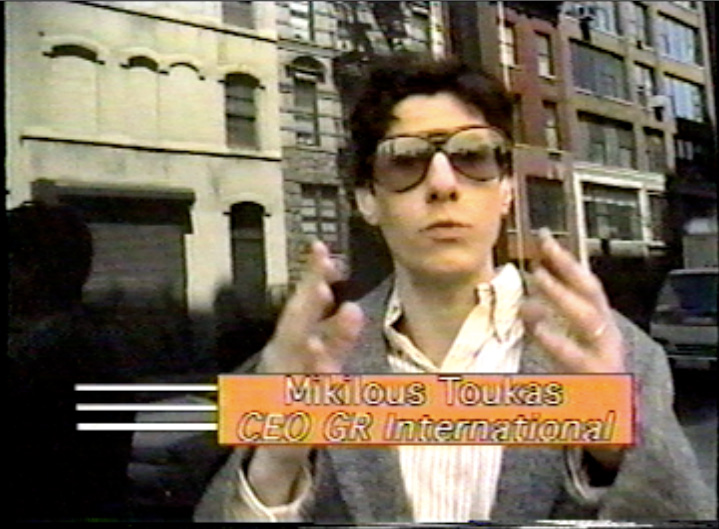
The Pop Group emerged from relatively out-of-the mix Bristol, England in 1977 with a devastating mix of noisy art-punk with straight funk and dub that underpinned strident and often just flat-out hectoring leftist lyrics. While both the music and singing were often pointedly tuneless, the band’s jagged rhythms and allegiance to dancefloor sounds set in motion a scene in Bristol that reached an apotheosis in Trip-Hop, and continues today with Grime and post-Grime. The band’s singer/polemicist/leader Mark Stewart has a kind of godfather/elder statesman status, and keeps closely engaged with those scenes’ developments, and the second new Pop Group album since their 2010 reconstitution, Honeymoon on Mars, reflects that continued engagement.
It’s DM’s pleasure today to debut the stream of that entire new album; digital and physical will be available for purchase on Friday. It shows a band completely reinvigorated by the new—contemporary underground beats and electronic experiments dominate the songs, and it’s a much more daring LP than its predecessor, their comeback Citizen Zombie. The lead-off single, “Zipperface,” has been out for a minute, and it’s already been remixed by Hanz, and an intense video was made by Bristol videographer Max Kelan Pearce. But to produce an album that pushes into new territory, the band recruited some old hands. Dub producer and Matumbi bassist Dennis Bovell, who produced the band’s first album Y, has returned to collaborate with TPG again, but perhaps the more exciting news is that they also worked with a producer for a very different band, which also combined energetic and noisy music with heavy politicking—the legendary Bomb Squad mainstay Hank Shocklee, who of course is best known for his dizzying and utterly groundbreaking work with Public Enemy. It was my extreme pleasure to talk to both Stewart and Shocklee about the collaboration’s origins and their creative process.
MARK STEWART: This is the story—the Pop Group, straight out of school, were flavor-of-the-month in New York, us and Gang of Four. We were out there all the time, playing in the No Wave scene with DNA, Bush Tetras. I was constantly trying to dig out things I was interested in in New York, and one of our roadies and I, we had these ghettoblaster radios and we were recording things, and suddenly we heard these huge piledriver noises—it was the first scratching I’d ever heard, and it completely blew my mind. It was DJ Red Alert, from Afrika Bambaataa’s Zulu Nation, doing an early hip-hop show. I’d heard rapping before—Bristol had a good import shop—but this was the first live scratching I’d ever heard by a proper DJ. We took those tapes back home—we’d recorded like 14 or 15 shows—and duplicate, duplicate, duplicate on our double-cassette machines, and that kickstarted the scene that was to become Bristol trip-hop.
For me, I was enabled by punk, but I was given a real shiver down my spine by deep roots dub music. That’s why we worked with Dennis Bovell when we were kids, and when we were trying to think of who could pull things together for us now, when we’re trying to pull in all these newer influences like post-grime, trap, Goth-Trad, The Bug—we’re getting all this kind of new rhythmic programming. And who could pull this together? And I remember what Dennis did for us when we were kids, all running off in different directions, and I thought he could help get these new songs together. Then, I thought some of the hard rhythmic stuff, was very hip-hop sort of stuff, and by chance, Dave Allen from Gang of Four was at South By Southwest when we were there and he asked if he could bring Hank Shocklee to one of our shows. I nearly wet my pants.
HANK SHOCKLEE: I saw the Pop Group at South By Southwest. I was introduced to them by Dave Allen, the bass player for Gang of Four. And it turned me on, man! They only played for like five minutes, because the sound wasn’t right, then they got cut off for cursing at the sound guy, then it got to be a fight with the sound people, and I was just like “WOW!” The energy was reminiscent of the early days of hip-hop. [laughs] The attitude was straight punk. Then I saw them another night, and they were really great musicians, it was an eclectic mix of dub, and punk, and funk, they can go into a little bit of jazz. They have that ability, like a traditional classic band from back in the days, when even though bands were into rock ’n’ roll, they’d have other disciplines like classical or jazz, so this way they could go into other variations. I thought that was interesting so I talked to Mark, and said “You know, if you guys ever want to do something, I’m interested.” And lo and behold, he reached out and said he wanted me to do something for the album.
STEWART: When Public Enemy broke in England, it was a sea change. For a place like Bristol, where it’s very multiracial, suddenly loads of people I knew, a couple years younger, had an identity. What Hank was doing with these kind of sheets of noise, when I first heard Public Enemy, I stepped back and nearly kind of gave up, because he was doing similar kind of experiments in a slightly different way that I had only dreamt of. But for this album, nobody was trying to reproduce anything from the past. This is the first time since we’ve re-formed that we’re really what we’ve wanted to be, sort of pulling on things and reacting, and feeding off the now, to try to occupy the future with my brain. Not the whole future, there’s room for other people. [laughs]
Since the beginning of the band, I’m kind of a hunter-gatherer. I just kind of collect bass lines and play with musique concrète, trying to throw loads of stuff into the pot, it’s always cut-and-paste and juxtaposition. Then things would evolve live, and then we’d twist them again. On our album Y, we suddenly started doing loads of editing, we’d have 80 pieces of tape up on the wall for these mad mushroom editing sessions. This kind of evolves again—I’m executive producer, it’s me pulling in all these things and trying to focus on different directions, but I find that you get the best out of people if you don’t tell them what to do too much. In the end, if you look at it like a prehistoric burial site, there’s bronze age things, iron age things, and I throw some dice into the procedure, then they pick up the dice and start doing something, while me and Gareth [Sager, guitarist] have always got our ears open for mistakes. If something interesting is happening, we’re not focusing too much on that. We’re aware of a machine breaking down.
SHOCKLEE: Once they got it all together, they sent me stuff they were working on where they didn’t have an idea where to put it, where it would fit, what it would be. They were ideas in development. I just said send me the stuff that you have, and it was over 40 tracks of ideas that they was trying to put together, but they couldn’t get it all together. I listened to most of the stuff, and I just said “Wow, they have something here,” so I organized it, stripped it back. I brought in my engineer Nick Sansano, who worked with me on all the Public Enemy records, and he partnered up with me in helping produce and shape the tracks and try to create a theme, try to create a story, and try to move it into an area where it becomes a little more cohesive.
I wasn’t able to be there in England to work with the band face to face, but it was very similar to the P.E. process, where I’m going through records and organizing them in terms of samples and arrangements in order to make it fit the agenda that I’m trying to get across. So I looked at the tracks like I had a bunch of samples and a bunch of records, and I just shaped them, and chopped them up, straighten out the bassline, emphasize the beats more, and arrange the tracks to they have, to me, a more consistent flow. I wanted to bridge the gap between what you would hear in electronic music and what you would hear on traditional pop records.
Listen to ‘Honeymoon on Mars’ after the jump…
